When I think back on the watches I’ve worn most on my adventures—in the mountains, hiking, diving—the usual suspects spring to mind. I’ve dived with probably eight different Tudors, a handful of Rolexes, lots of Seikos, and on and on. But there’s one brand I’ve worn more than any other: Suunto, yes, the Finnish maker of—firstly—compasses, dive computers, and altimeter/barometer/compass (ABC) watches and, more recently, smartwatches/activity trackers. In fact, a yellow Suunto Vector was my “grail” watch for years when I was a budding adventurer in my twenties, working part-time in an outdoor shop. I’d see pictures in Outside magazine of all the mountaineers and adventure racers wearing these bulbous, colorful, complicated watches and I wanted one. I finally got one and still have it, and it’s been up Longs Peak and Rainier, and through numerous mountain bike races on my wrist. Even though I never wear it, I still replace the battery and set the time and it’s sitting on my cabinet in my office, a memento of my outdoorsy roots.
Since I got the Vector in the late 1990s, I’ve had several other Suuntos. There was an orange X6, Suunto’s first foray into a “connected” watch—it had a bulky cable with which you would connect it to a computer and download (slowly) rudimentary statistics from your activities. I had a blacked-out milspec Core, and tested an Elementum, Suunto early attempt at a more luxurious ABC watch before just about anyone else did it. And then there have been a couple of dive computers: a Gekko was my first, then a D9 with which I did my first gas switching technical deep dives.
Suunto was always a pioneering brand. They were one of the first to innovate a liquid-filled compass, released its first dive computer in 1987 (one of the first on the market) in addition to the innovations I mentioned above. But then they had some hiccups. I remember being in the middle of a dive and my Gekko was displaying the incorrect depth. Upon researching it, I found out that it was a known issue with that model, a popular first computer among new divers. The depth sensor was faulty, a serious safety concern. I lost faith. Suunto had spun off its dive computer line to a company that owned several sporting goods brands and the dive side seemed to lose its identity. I moved on. This also coincided with the rise of Garmin.
To paraphrase Daniel Plainview (There Will Be Blood), Garmin “drank Suunto’s milkshake” and has been drinking it for the past few years. Suunto might have had its acolytes in the climbing and endurance sports space, but Garmin, and of course Apple, have been the standard bearers for all around connected performance. Apple even dipped a toe in the water with its Ultra (which I reviewed here) that incorporates dive computer functionality. Suunto had some catching up to do. Their most recent watch, the Ocean, goes a long way towards getting back in the game. I’ve had a test unit for the past couple of weeks and have formed some opinions through use diving, running, cycling, and open water swimming.
The Ocean is a do-everything watch. Though, as its name suggests, it is first and foremost a dive computer, it also does everything other Suuntos and Garmins and Apples Watches do, namely track just about any sport, from badminton scoring to sailing countdown timing, as well as skiing, running, and so on. Aesthetically, it’s sleek and handsome, albeit still a casual, big smartwatch. You’ll never confuse it for a classic timepiece. Its stainless steel case is 49 millimeters in diameter (both directions) with negligible strap horns so balances wearability with a big display, which I find more and more vital as my eyes age. The lugs are spaced at 22 millimeters meaning you could use any of your existing 22mm straps with springbars. The long silicone strap that came mounted on it is supple and comfy, with quick-release bars and well spaced slots for flexible tightness. I will say that I requested an extra long strap for use with a diving drysuit and the one they sent was only marginally longer than the standard one. I made it work, but I’d hope for a really long one for easier fit.
Let’s talk about what’s good on the Ocean first, and there’s a lot to like. The display is my first experience with AMOLED (Active Matrix Organic Light Emitting Diode) and it lives up to the reputation. It is bright and it is legible, both underwater and under white hot summer sun. It’s like those early days of high-definition TVs, when everything seemed almost too clear. The display is also touch sensitive except for underwater (obviously) and I found it worked well, though I am a button person by habit and still prefer to navigate by pressing physical buttons than using my fat fingers on a small screen. More on screen navigation later.
The data displayed during activities was particularly intuitive and easy to read at a glance. With my Garmins, I found myself always altering the data fields to find the right mix that I wanted to see and skipping the stuff that wasn’t important (lap time, calories, etc.). The Suunto seemed to know what I wanted right out of the box and I didn’t bother changing the display for any of the activities I used it for. On my dive in Lake Michigan, all I needed to do was initiate dive mode and let it do its thing. Clearly shown was my current depth, dive time, water temp, and no deco time remaining, and when it came time for a safety stop at the end of the dive, the automatic three-minute countdown popped up and was easy to read while I hung on the anchor line. I toggled through a couple of views on the dive and was able to check other parameters and use the bright, legible compass easily.
For use on terra firma, for running and cycling, I found the satellite acquisition time to be superb, and quicker than my Garmins by a wide margin. If there’s one thing I dislike it’s being suited up ready to roll but having to wait for my watch to lock in GPS. Also excellent is the heart rate sensing. I realize that wrist heart rate monitors are notoriously fickle and often inaccurate compared to chest straps, but I have had my challenges with my Garmins during activities where wrist movement or gripping, say, a bicycle handlebar or kayak paddle, results in oddly low heart rate readings. In my couple of bike rides with the Ocean, I found it consistent and, possibly, more accurate. I say that because in the past I’ve noticed that my heart rate during hard efforts on the bike to be considerably lower than similar effort while running. For example, on a hard hill climb on my bike that had me gasping at the top, I would often only see a pulse of around 138 on my Garmin whereas I can sustain a 148 pulse on a mid-tempo run. Seemed off but I chalked it to running simply being more cardiovascularly challenging. Well, with the Suunto Ocean, on the same hill loop, I was getting higher heart rate readings that seemed more in line with my exertion level; 160 at the top of a long climb matched my heaving chest.
Since I’m the type who uses a watch like this for activities only, and then taking it off afterwards, I have little use for the usual “smartwatch” widgets, like payment, notifications, and step counting. During runs and rides, I would occasionally get a beep and a pop up message showing a notification of a message or call or calendar reminder and the most I can say is that that they did what they should and were easy to dismiss. During runs I listen to music from my phone and I used the watch’s basic music controls to advance songs, adjust volume and so on easily.
Connectivity to my phone and the Suunto app was considerably quicker than with my Garmins. I walked in the door from a lake swim today, having left my phone behind (duh), and I was hardly inside when the Ocean beeped that it had already synced with the Suunto app, and downloaded my data. Actually, one of the best features of the Suunto Ocean isn’t even the watch itself, but the Suunto app. Once downloaded, the data from a run/ride/swim/dive were well laid out and easy to navigate on the phone, and the ability to slice and dice and drill down into various parameters of exercise physiology were impressive. Data presentation is an art (if you ever have a chance, read Edward Tufte’s classic, The Visual Presentation of Quantitative Information) and Suunto clearly knows what it’s doing, or hired a designer who does.
Also impressive, albeit a bit gimmicky, is the ability to do a rewind video of your activity through use of a map and satellite imagery. Watching a red line speed along the course you ran or rode is an immensely satisfying dopamine hit. Even cooler was the 3D representation of a dive profile. Using an initial GPS plot, an accelerometer, and some other Finnish voodoo, the app will show a 3D map of your dive, from descent, all the ups and downs and swimming, all the way up to your safety stop. Again, not terribly useful but such a fun party trick. I feel like the holy grail of dive computer functionality is underwater live navigation (GPS doesn’t work underwater) but if we get there, I bet Suunto will be first, if this is any indication.
Oh, one more thing I really appreciate about the Ocean is its battery life. Suunto rates it for 50 hours in full navigating GPS mode, which is impressive, and even more so, in standard smartwatch mode with occasional training use, you can get over two weeks of battery life. That is huge. I literally charged the watch when I unboxed it and haven’t touched the charging cable since, through several runs, rides, an open water swim, and a dive. Granted I don’t wear it 24/7 and shut it down when I’m not using it, but still, that’s my reality and I appreciate not finding it drained when I power it up before a run.
There’s a lot to like about the Suunto Ocean but it wasn’t without its frustrations and shortcomings. The product support documentation is clunky and decidedly old fashioned. The “manual” is accessible through the app but then each chapter or section link takes you to a browser where navigation is just a series of web pages with scant and sometimes confusing information.
I also found the actual navigation on the watch itself to be frustrating. The watch is set up to use three buttons on the right flank along with the touchscreen. And while starting an activity is relatively straightforward, moving through any settings or changes to the display or sounds of specific notifications proved maddening sometimes. I still cannot figure out how to disable the chime that sounds when I get a WhatsApp message without having to turn off all sounds on the watch. Menus embedded within menus can lead to a labyrinth of tapping, pressing and going back and forth, revisiting the same items over and over. I ended up doing very little customization of the watch’s functions and displays due to my frustrations. I do acknowledge that my longtime familiarity with the Garmin ecosystem might be a contributing factor. I expect certain behaviors learned from my Garmins but don’t have enough wrist time with Suunto to get equally comfortable. But I’ve found Garmin to be a far more intuitive interface in general.
For all the pros and cons of the Suunto Ocean, it really comes down to this: do I like it enough to pay the $899 to buy one and replace my Garmin Descent Mk2 that’s been my go-to for years for everything from diving, swimming, hiking, and running? No, I don’t think so. I’m happy and comfortable with my Garmin, and with a Fenix 6 I still use from time to time, I’m firmly planted in Garmin’s ecosystem. I like their interface, the form factor, the strap choices, and the scrappy company, which has satisfyingly been a pebble in Apple’s shoe. However, if I were starting from scratch looking for a new dive computer/smart sports watch, or advising someone who wants to step up into the category, I would definitely consider the Ocean. I feel like perhaps a mark 2 or mark 3 version might iron out some of teething problems with this initial launch and I’d love to give one another chance. But more than anything, it’s just been fun to get a Suunto on my wrist for some adventuring again. It’s been a minute. Welcome back, Suunto.
Note: Suunto’s PR agency provided a loaner watch for me to try out, and I will be sending back. I was not compensated by them for this review.

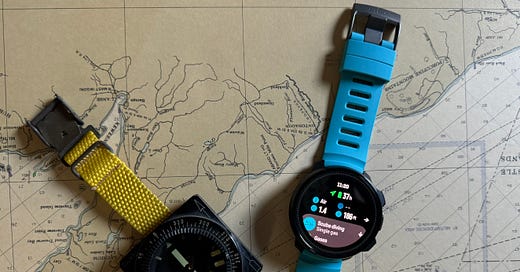


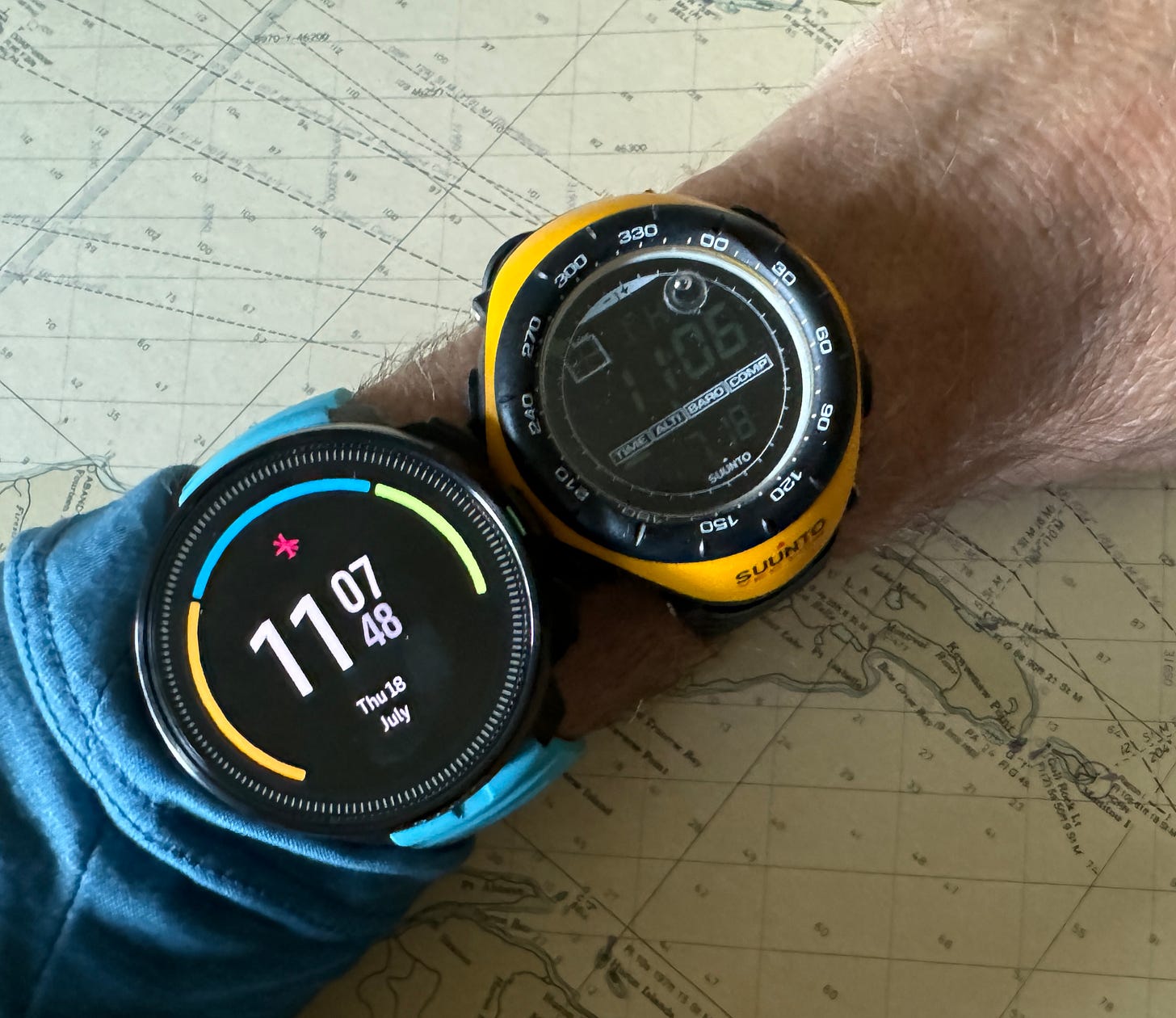


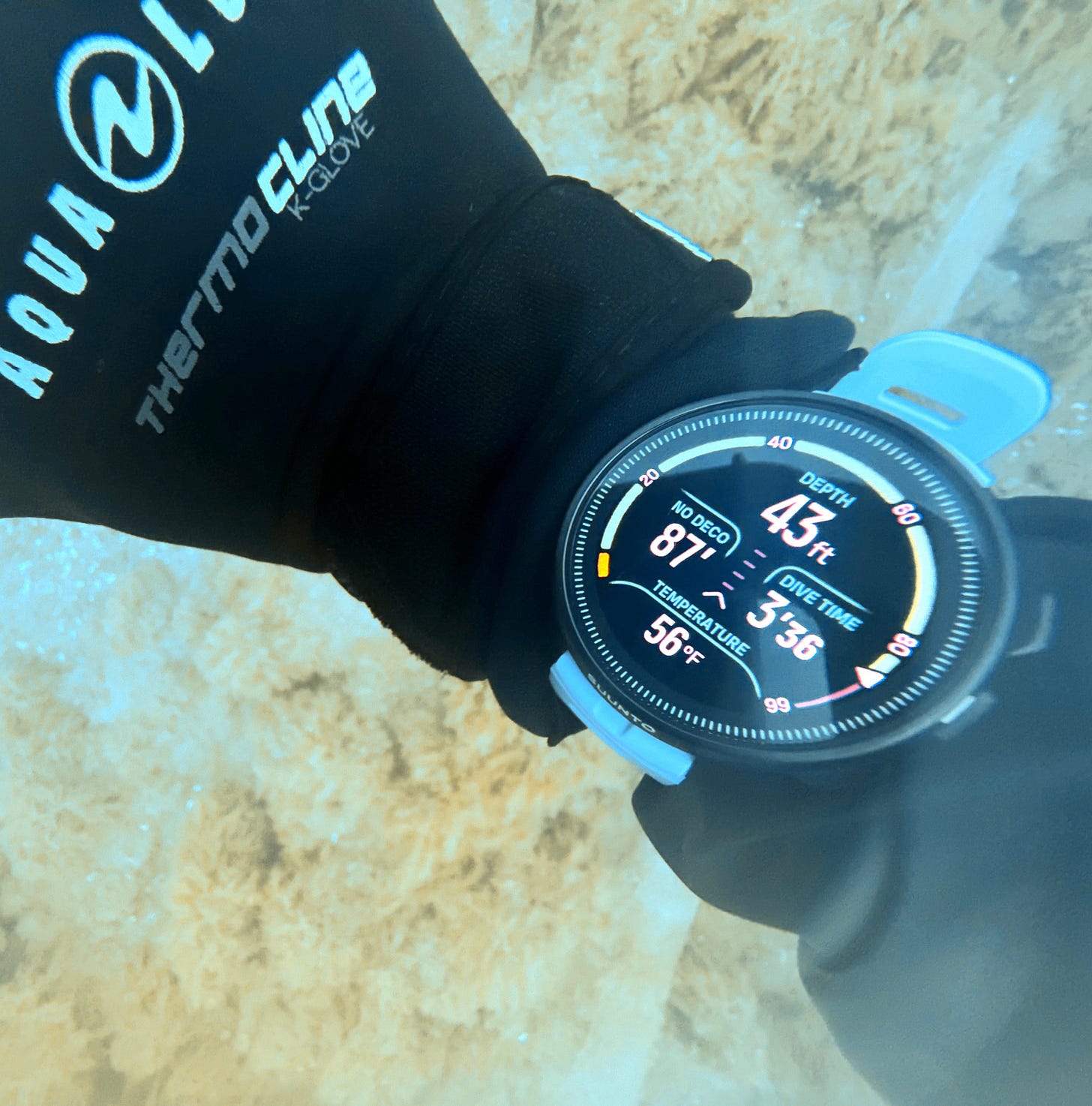
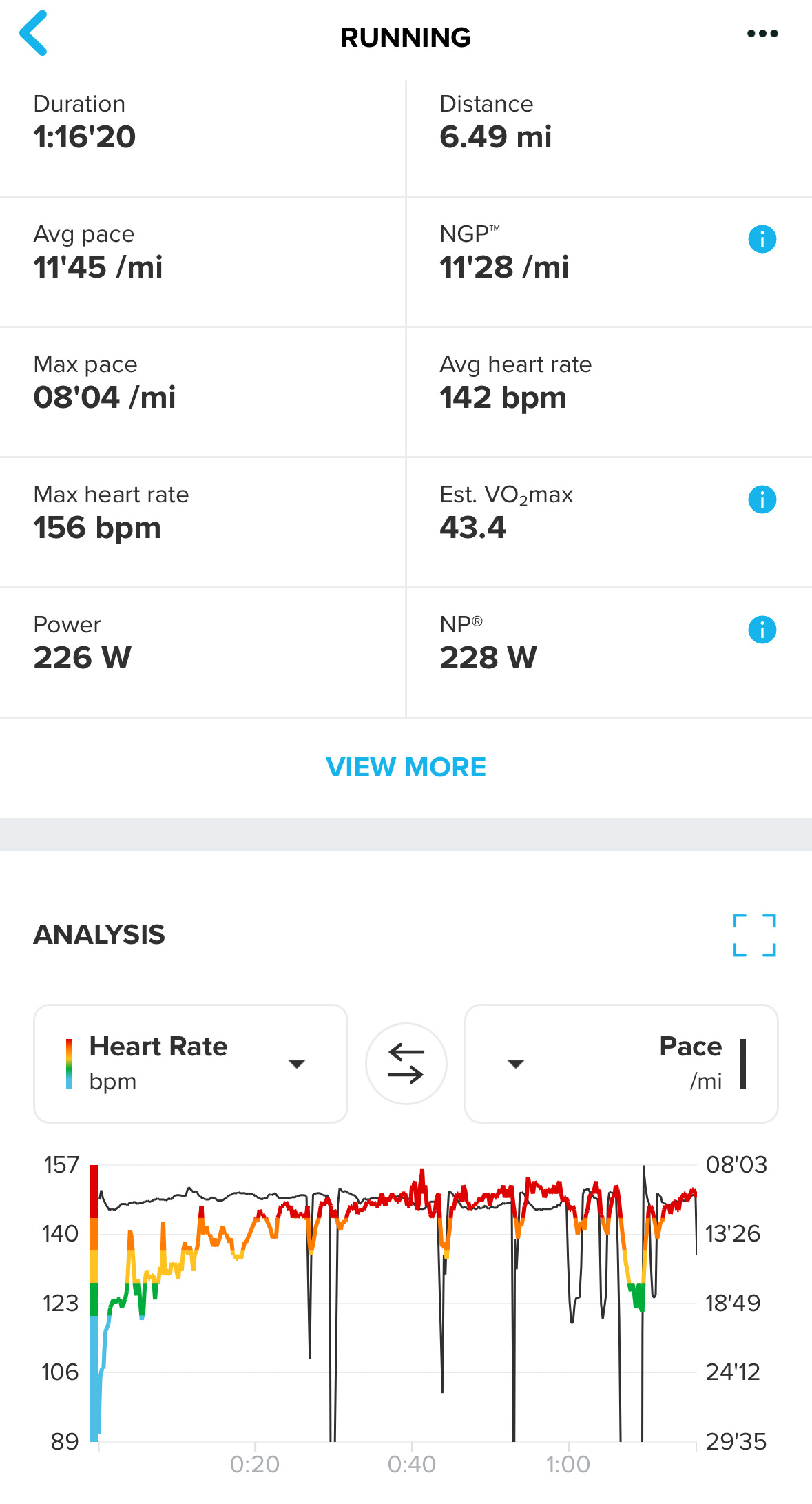
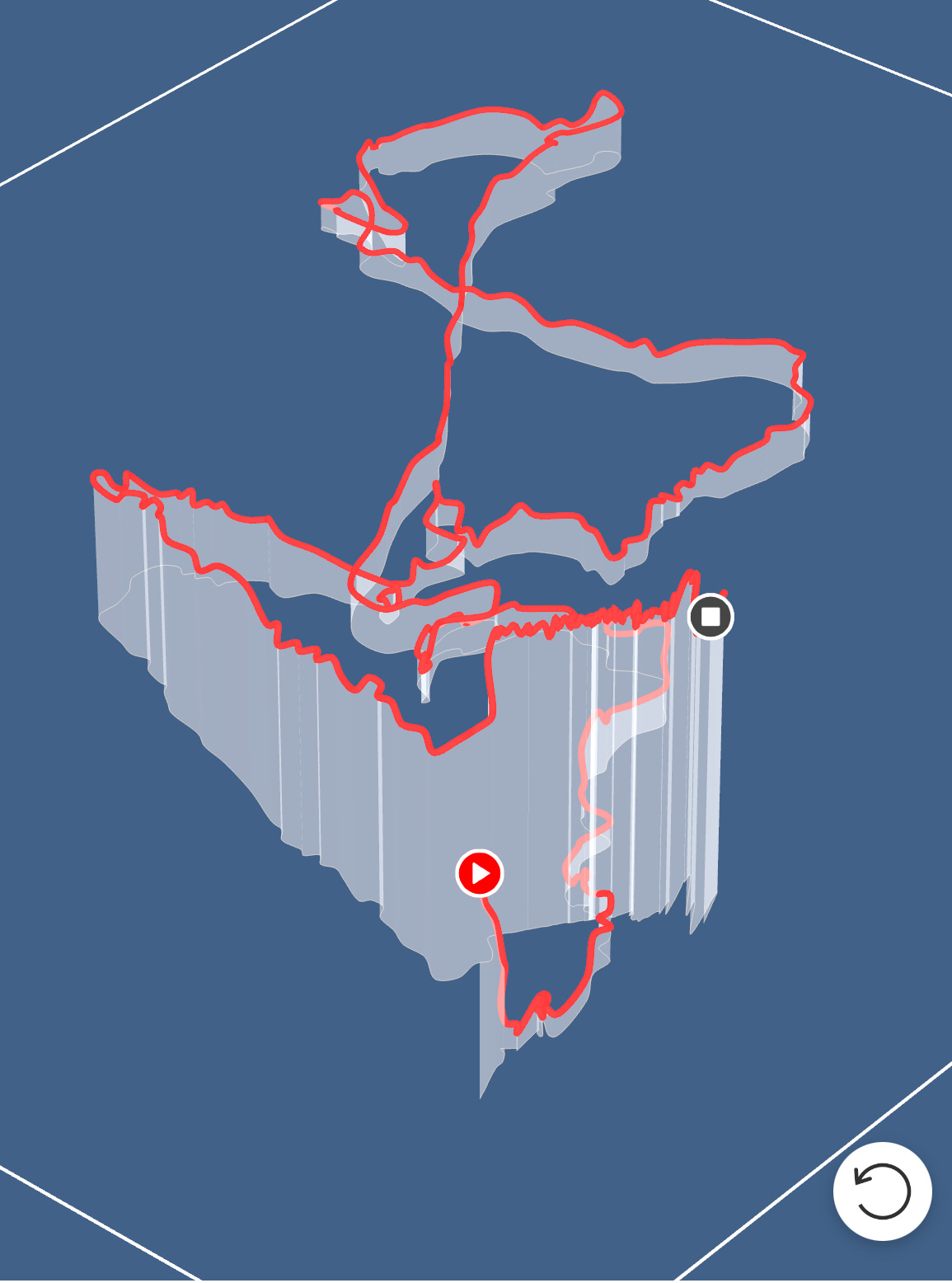
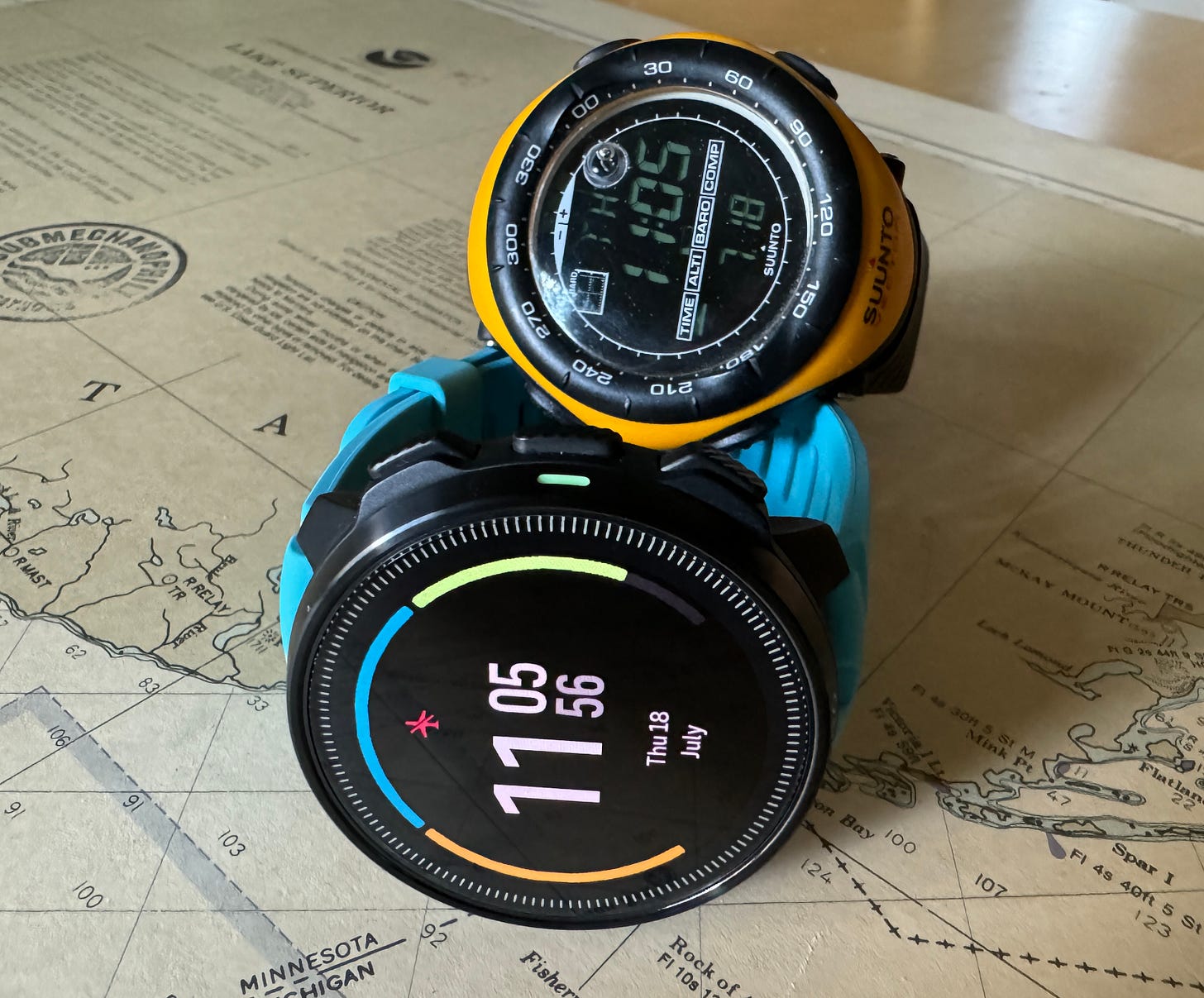
Jason, you got a shout out from Jack Carr in his recent book’s epilogue for your Hodikee article on the Breitling Emergency. Well done!
Garmin’s air integration feature, so that you can see both your air and your dive buddies air, on the Descent is very cool and is a feature I would definitely want on any new dive computer purchase.